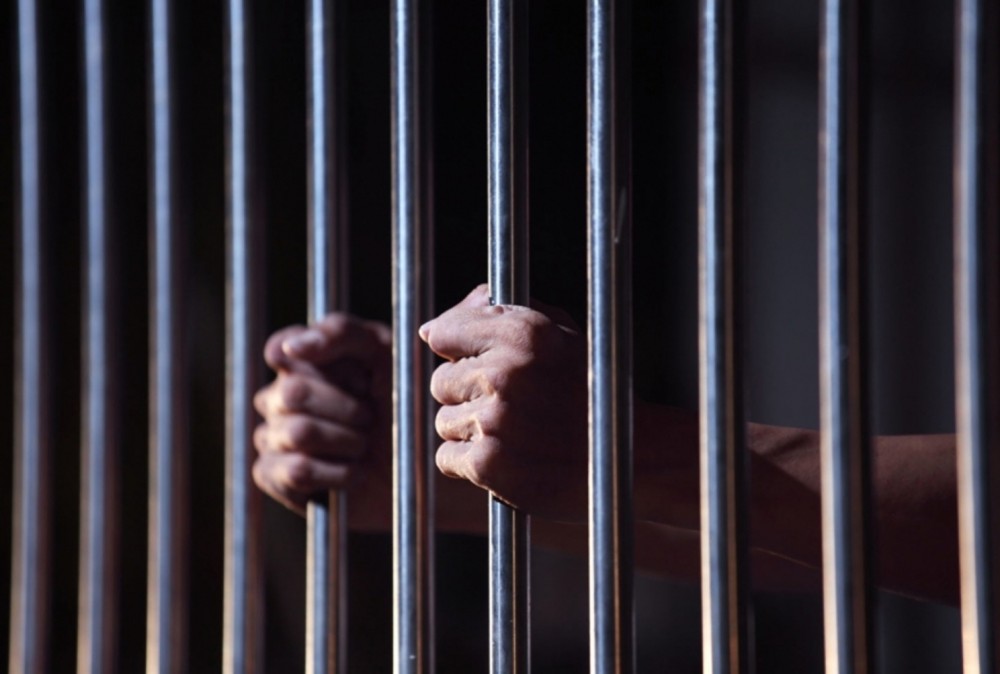
The article examines the creation and functioning of the Mykolayiv Convict Prison during 1907-1920. It is estimated that between 400 and 600 people passed through the prison each year. A quarter of them were representatives of national minorities — Tatars, Abkhazians, Chechens, Armenians. Many «infidels» sat for «vendetta» — tribal revenge. Prisoners could be divided into two groups. The first is «suicide bombers» convicted of murder or armed assault, robbers, sailors and soldiers of insurgent units. The second group — «short-term», who received from 4 to 8 years: members of revolutionary parties, counterfeiters, robbers. Among the prisoners were well-known revolutionaries and heroes of the Civil War: Hryhoriy Kotovsky, Mykhailo Frunze, Athanasius Matyushenko. The life of the prisoners was investigated and it was found that there was a school, a temple and a library on the territory of the prison. There were also workshops, in particular: carpentry, tailoring, shoe, metalwork, binding and soap workshops, equipped with all necessary machines. Along with more traditional workshops worked art, watch, soap, painting. Prisoners sewed uniforms for soldiers of the 58th Prague Regiment, work clothes for employees of the Naval shipyard. The penal colony lasted until 1920, when it was transferred by the Soviet authorities to the category of «general» prison.
Source: Bilichenko L. (2021) History of Mykolaiv Captive Prison (1907 - 1920). Antiquities of Lukomorie. №3: 50-59
Source web-site: http://www.lukomor.mosk.mksat.net/index.php/lukomor/article/view/76/69
Number of views: 1999